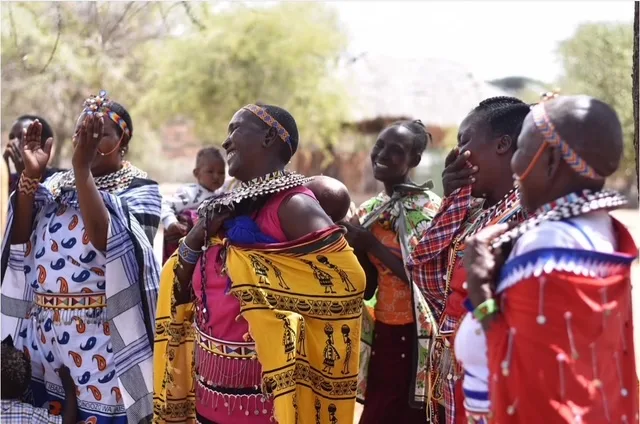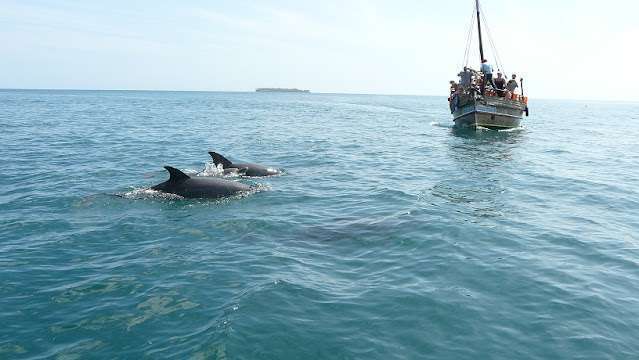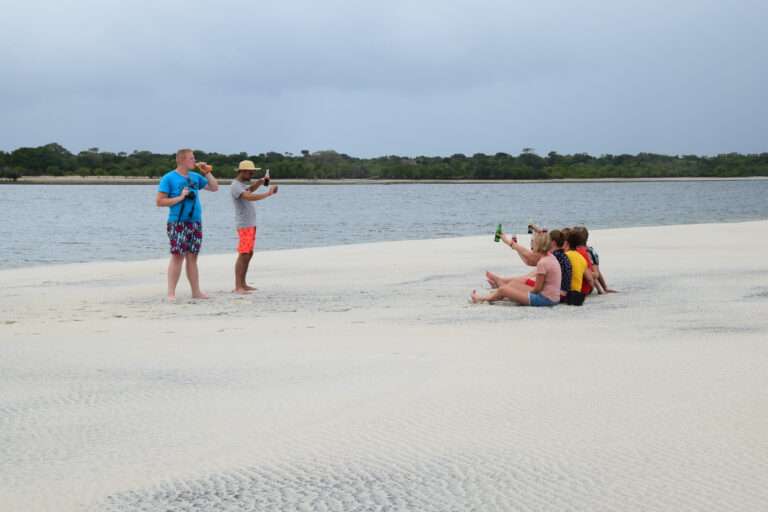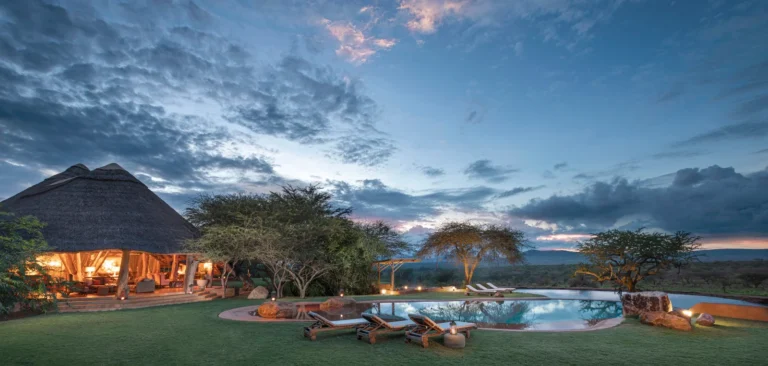- Home
- Destination
- Safaris
- Kenya
- 10 Days around Mount Kenya
- 7 Days Great Rift Bike Safari
- 7 Days Best of Birding Safari
- 7 Days Lake Turkana Safari
- 13 Days Kenya’s Historic Railway
- 14 Days Kenya’s Rift Valley Lakes
- 8 Days at the Beautiful Diani Beach
- 8 Days South Coast & Tsavo East
- 12 Days Photographic Safari
- 10 Days Beach Safari from Diani to Lamu
- 8 Days Kenya Horizon
- 12 Days Across Kenya
- 10 Days Flying Safari Amboseli and Northern Kenya
- Tanzania
- Uganda
- Rwanda
- Kenya
- About Us
- Travelling Tips
- Gallery
- Blog
- Home
- Destination
- Safaris
- Kenya
- 10 Days around Mount Kenya
- 7 Days Great Rift Bike Safari
- 7 Days Best of Birding Safari
- 7 Days Lake Turkana Safari
- 13 Days Kenya’s Historic Railway
- 14 Days Kenya’s Rift Valley Lakes
- 8 Days at the Beautiful Diani Beach
- 8 Days South Coast & Tsavo East
- 12 Days Photographic Safari
- 10 Days Beach Safari from Diani to Lamu
- 8 Days Kenya Horizon
- 12 Days Across Kenya
- 10 Days Flying Safari Amboseli and Northern Kenya
- Tanzania
- Uganda
- Rwanda
- Kenya
- About Us
- Travelling Tips
- Gallery
- Blog
Bwindi Forest National Park
HIGHLIGHT
Designated as a World Heritage Site, Bwindi is a world of towering trees, giant ferns, tangled undergrowth and hanging vines, creating the quintessential equatorial jungle. The altitudinal range of montane and lowland forests at Bwindi support more species of trees, ferns, birds and butterflies than any other forest in East Africa.
Overview
How to get there
What to See & Do
Climate
Map
Overview
Background Information
Bwindi Impenetrable National Park covers an area of 190 square miles and is located in southwestern Uganda on the edge of the Western Rift Valley. Designated as a World Heritage Site, Bwindi is a world of towering trees, giant ferns, tangled undergrowth and hanging vines, creating the quintessential equatorial jungle. The altitudinal range of montane and lowland forests at Bwindi support more species of trees, ferns, birds and butterflies than any other forest in East Africa. It is also the only one which contains both gorillas and chimpanzees. Bwindi is home to about 300 endangered mountain gorillas (50% of the world population) and is therefore of critical importance to their continued survival. From this mountain gorilla population, two families are habituated for visitors to trek.
Bwindi is rich in other primates, including chimpanzee and blue monkey. Butterflies are the most conspicuous of the rich insect fauna of the park, with more than 200 species. There is also a large variety of trees, a dense undergrowth, an extensive stand of bamboo and a number of swamps. In addition to gorilla trekking, there are a number of nature trails in the park to explore this primeval African forest: taking the course of the waterfall, along the Rushura trail for some sweeping views towards Lake Edward and the Ruwenzori’s; and to the Mubwindi swamp near Ruhija for some unusual bird species.
How to get there
By Road: Bwindi can be reached from Queen Elizabeth NP (two to three hours), or from Lake Mburo NP (four to six hours). If coming straight from Entebbe or Kampala, the trip by road will take about six to eight hours. During the rainy season, travel by 4WD vehicle is necessary. Bwindi can also be reached by scheduled or chartered flight.
By Air: Entebbe International Airport (EBB) is where most visitors enter the country. It is about 46km/29mi from the capital city of Kampala. It is possible to fly by domestic carrier from Entebbe or Kampala (Kajjansi Airfield) to Kihihi or Kisoro near Bwindi. Chartered flights to Bwindi can also be booked.
What to See & Do
Aside from the endangered mountain gorillas, eleven other primate species are found in the forest. These include chimpanzee, olive baboon, black-and-white colobus and l’Hoest monkey. Elephant are present but seldom seen. Bushbuck and several types of forest duiker can sometimes be spotted. The park has a very impressive bird and butterfly checklist.
Best Time to Visit
The rainy season is from March till May and October till November. Light rain season falls in November and December. Dry seasons are from December to February and June to August. The best time, the best months of the year would be December to late February and from June to September.
Climate
Bwindi has a wet, yet mild, climate. Temperatures remain consistent year-long due to its short distance from the equator. Daytime temperatures of around 23°C/73°F are usual, with a significant drop at night to around 11°C/52°F. The altitude in Bwindi is varied, from 1160 to 2607m (3806-8553ft). This results in wide climatic variations within the park, as the temperature is lowered by about 6.5°C for every 1000m you climb (or 3.5°F per 1000ft). Tourists mostly visit the area of lower altitude. Rain can happen anytime in Bwindi, as there is no Dry season. The months of June and July receive the least rain, while there is a period of lesser rainfall from December to February. From March to May and October to November the rainfall is highest. It is recommended to pack waterproof clothing and good hiking shoes that are suitable for walking wet forest trails.
Map
Example Trips
Book Your Safari
Browse our example trips and get in contact to start planning your very own adventure.
Our Stories
© 2025 Copyright Adventure Expeditions













